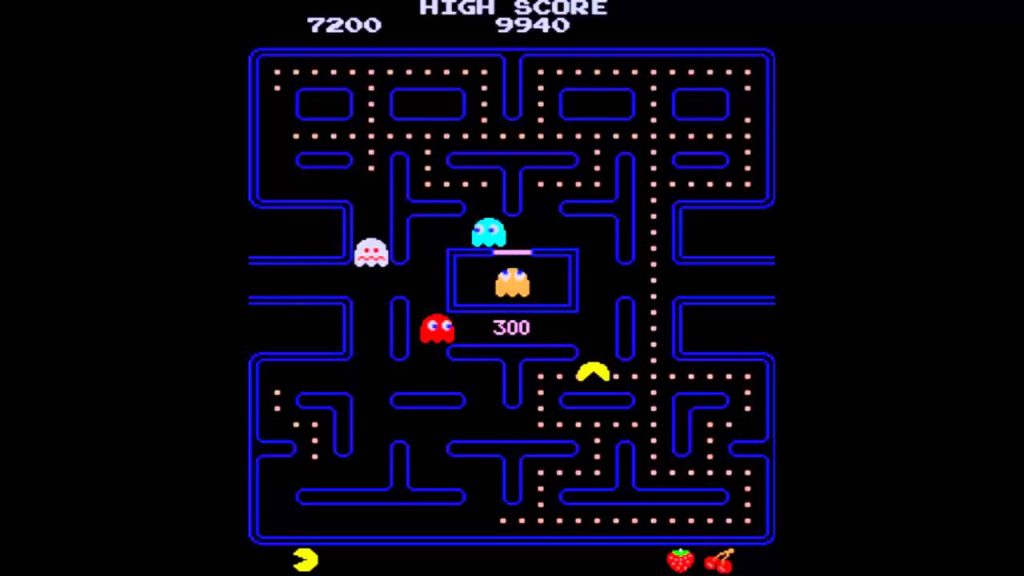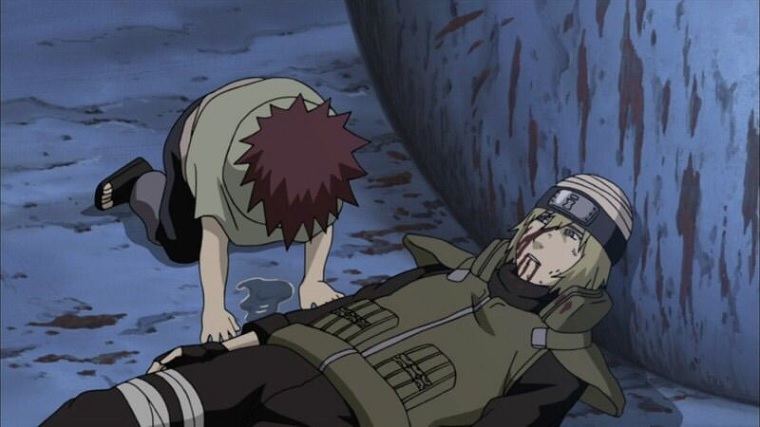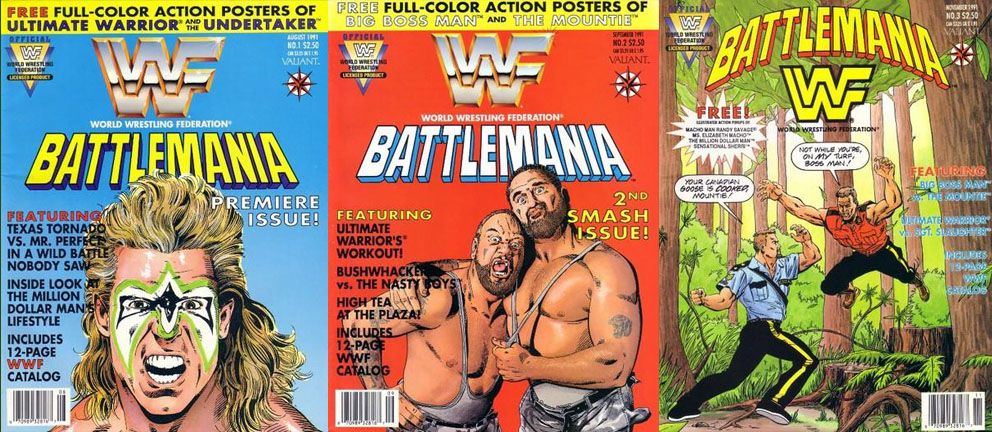(AfroGamers.com) Bandai Namco’s Pac-Man is one of the legendary franchises in video game history. It’s one of the franchises that put Namco on the map in gaming while eating up high score-chasing arcade goers’ quarters for decades.
If you can find an arcade, there’s likely to be a Pac-Man or Ms. Pac-Man machine. Hell, if you go into a rundown establishment of any kind, you might find a Pac machine alongside one for Galaga and Donkey Kong Jr.
You know, because those establishments weren’t dropping cash to get Pac-Man and Asteroids as well as Donkey Kong. You have to go with “good enough” sometimes.
One thing that always bothered me about this franchise is that I never understood what the hell it was about. That bothered me about a lot of Namco games. Let’s go into three of them.
Namco: The House That Pac-Man Built
The company began in 1955 as Nakumura Seisakusho when founder Masaya Nakamura couldn’t find work in ship building after World War II. It began with small amusement rides for stores—the riding horses at parks—and soon the business expanded to other stores.
By the late 1970s, Nakamura Seisakusho had become Namco and were involved with amusement machines. This gave way to their entry into the arcade game as they licensed Atari games.
In 1978, the company released its first game Gee Bee, a brick breaker/pinball hybrid. Perfect for arcades. The man who created that game was Toru Iwatani and we would become a powerhouse designer and producer for Namco in the 1980s.
As a matter of fact, let’s start this list off with his greatest creation.
Pac-Man (1980)
Seriously, the early Pac-Man games had not actual plot. Not only that, the game didn’t tell you how to play. Even on the cabinet where the controls are, there’s no hints or anything to explain what to do or why.
For those who have never entertained Pac-Man—and you’re really not missing anything—players take control of the titular hero and have to eat up all the pellets in a maze.
It’s pretty easy if you can avoid the ghosts Blinky, Pinky, Inky, and Clyde. I don’t know why Clyde’s name doesn’t rhyme but he’s in there. You can defeat the ghosts by eating a power pellet which weakens them and allows you to eat them as well.
They’ll retreat back to their…headquarters in the middle of the maze before regenerating. The level is completed once all pellets are eaten.
For decades, the story of Pac-World and these adventures was never actually explained. It just was and it was actually fun. That is until you get older and start questioning the game like we are now.
In later games, the Pac-Man mythos becomes very fleshed out and it’s actually some creative lore for a franchise that started a few notches above basic-as-hell.

Dig Dug (1982)
While not created by Iwatani, it was still a game that just didn’t explain anything. You were just dropped into the role of Dig Dug and had to destroy these creatures—who are underground—with a bike tire pump.
I’m sure, no government would send a guy into the ground in a spacesuit to kill unknown creatures with just a bike tire pump, folks. I mean, that’s just negligence and wanting to fail. At least give that guy a pistol or a knife.
Of course, this is the golden age of arcade games and given the nature of arcade games, a story isn’t necessary and nothing should make sense. When I was a kid and would go to the barbershop, there was a store next door that had this game and our next and final entry.
It always looked intriguing but I was six or seven at the time and any kind of video game was interesting, really. Once I got to play it years later, I wasn’t impressed. This was a blockbuster in the early 80s.
Different decades, different tastes.
Galaxian (1979) and Galaga (1981)
Both games are part of the Galaxian series of shooters but I saw a lot more Galaga machines growing up. These kinds of static shooters like Asteroids never really wowed me even though I became really good at them.
That was because in places that had the cool cabinets like Mortal Kombat or Street Fighter II, they were occupied and Galaga was always open. No one wanted to play Galaga when you had fighting games or light gun shooters right there.
It wasn’t all doom and gloom though. I mean, Namco really invested in having someone design the logo for both games and Galaga is a pretty damn cool name for a sci-fi/space-oriented shooter.
Pole Position (1982)
This is a cheat entry but it is a Namco classic. I honestly have nothing bad to say about Pole Position. It was the first racing game I ever played and it connected with me instantly because it had a gimmick.
Most of us have seen those game cabinets at Chuck E. Cheese’s, Show Biz, or Dave & Buster’s where you’re able to sit in them and use a steering wheel or whatever to navigate. Some also had pedals to them.
Pole Position popularized it after Namco’s F-1 presented it. As for the game itself, it’s a basic racing game but it’s one of the fun racing games from the 1980s.
Rolling Thunder (1986)
I’ve only seen one Rolling Thunder cabinet in my life and it was DZ: Discovery Zone. This is another game I can’t rightly roast because it was actually fun. I always wanted to play it again using the cabinet controls since it just plays like a stiff, 80s action-shooter via emulator.
Kudos goes to Namco for having some story here so that you know what’s going on. Players control Albatross, an agent with a world police’s secret force “ROLLING THUNDER”!
Say it loudly, with an echo. Maybe play a thunder clap on YouTube. It’s pretty badass.
Albatross is tasked with saving a fellow agent and must cut through swathes of Maskers—henchmen—to get to her. For a game in 1986, it had some cool gameplay features including weapons power-ups, cover to escape fire, and a narrative.
Bandai Namco really should release this in a classics bundle for the West.
Staff Writer; M. Swift
This talented writer is also a podcast host, and comic book fan who loves all things old school. One may also find him on Twitter at; metalswift.

















Leave a Reply